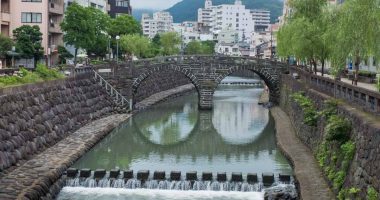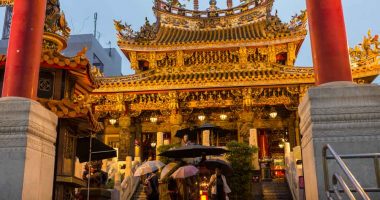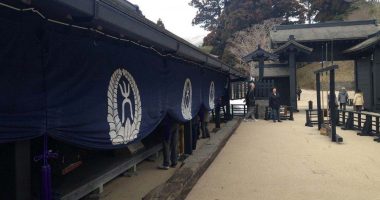The Shinkyo Bridge (神橋, Shinkyō) is the first structure visitors see before they enter the area of Nikko’s shrines and temples and is officially part of Futarasan Shrine. The bridge is 28 meters long by about 7 meters wide and for a long time only imperial court members were allowed to cross it. The bridge was opened to the general public in 1973 and several years of restoration work began in 1997, during which time it was registered as a World Heritage Site. Today visitors can pay a small fee to cross it, but many choose to photograph the structure from main bridge used by traffic. Shinkyo Bridge ranks among the three finest bridges in Japan along with Kintaikyo in Yamaguchi Prefecture and Saruhashi in Yamanashi Prefecture.
You May Also Like
Yokohama Chinatown
Yokohama Chinatown was established by Chinese immigrants the year after the Harris Treaty ended Japan’s 250 years of isolationism and opened up the country to foreign trade. It is the largest Chinatown in Japan with over 600 restaurants and shops. Kuan Ti Miao Temple in the middle of the area has roots dating back to 1862.





